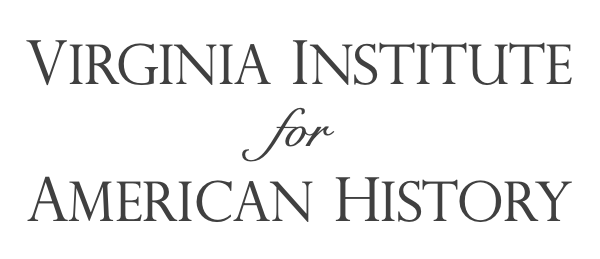Sunday, September 5, 2010
The Rotunda
The Rotunda at the University of Virginia was designed by Thomas Jefferson as the architectural and academic heart of his community of scholars, or what he termed the "academical village." As the phrase implies, learning was for Jefferson an integral part of life. The academical village is based on the assumption that the life of the mind is the pursuit of all participants in the University, that learning is a lifelong and shared process, and that interaction between scholars and students enlivens the pursuit of knowledge.
The Rotunda is the focal point of the academical village, which includes the Rotunda at the north end; the Pavilions, which house faculty; and the student rooms along the Lawn. From the Lawn, Jefferson's academical village appears as he intended it. The Rotunda was designed by Thomas Jefferson to represent the "authority of nature and power of reason."
Jefferson modeled the Rotunda after the Pantheon in Rome, reducing the measurements by half, making the Rotunda 77 feet in diameter and in height, so that the Rotunda would not dwarf the Pavilions. For its interior, Jefferson divided the first two floors into suites of oval rooms to serve as classrooms and lecture halls. The domed top floor, with its ring of paired columns, served as the university's library. Construction began in 1822 and was completed in 1826 at a cost of almost $60,000. With the books Jefferson initially selected, the Rotunda served as the library, demonstrating Jefferson's belief that a university should have as its focus a collection of academic achievements. The library remained in the Rotunda for more than a century.
In 1824, the Marquis de Lafayette and James Madison dined with Thomas Jefferson in the Dome Room of the unfinished Rotunda at the University's inaugural banquet, and Lafayette toasted Jefferson as the "Father of the University of Virginia". This brought Jefferson to tears, and he later had the phrase inscribed on his grave.
From: http://www.virginia.edu/uvatours/rotunda/rotundaHistory.html
Subscribe to:
Post Comments (Atom)


No comments:
Post a Comment